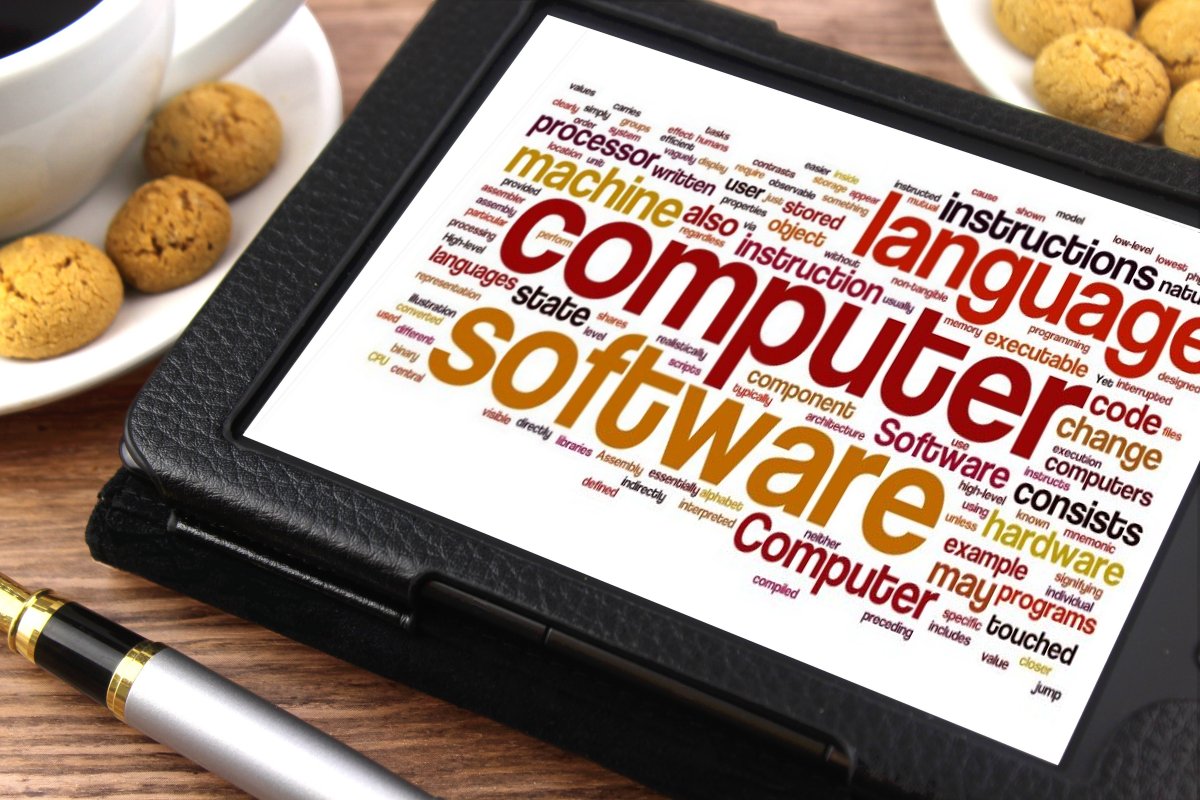We are often faced with industry-based technical terms, where the meaning thereof is not always clear to everyone. Below are some insurtech terms explained for easy reference.
BIG DATA / DATA ANALYTICS-- |
Sets of information (usually very large amounts), which through artificial intelligence and automation, are interpreted or analysed for the purpose of displaying patterns and trends that are processed and accurately utilised within a business. |
INTERNET OF THINGS-- |
The internet of things (IoT) is a new expression, related to the interaction of the internet and real objects or places, digitizing the process of completing transactions or visualisations. Such objects can interact with each other and their surrounding environment. |
PEER TO PEER-- |
Created networks in which computers are connected to each other through the internet where each computer can act as a server to the others allowing shared access to files, etc giving each the same capabilities as the other without the need of a central server. |
|
API - APPLICATION PROGRAMMING INTERFACE-- |
This is a system that allows applications to communicate with each other. It is essentially a code that allows entry of a request for data and the return thereof. It governs the gateway for communication between systems. Through API’s, Apps can often be developed without some of the code having to be written from scratch, thus speeding up the process. |
SAAS - SOFTWARE AS A SERVICE-- |
A method where software and licensing can be obtained through subscription hosted by a Third Party Provider and used as applications that are distributed to multiple users rather than through direct purchase and then installed on each computer . |
KYC - KNOW YOUR CUSTOMER |
A single global platform to verify and risk-score people, companies and documents. Streamlining client due diligence and onboarding, also aiding organisations to monitor and log that their policies are followed to support audit and investigation processes. |
|
KBA - KNOWLEDGE BASED AUTHENTICATION |
An authentication scheme in which the user is asked to answer at least one ‘secret’ question. It is often used as a component in multi-factor authentication (MFA) and for self service password retrieval. |
|
INSURTECH |
Essentially the word combines Insurance and Technology. It involves the use of technology through developed systems and data collection methods which enhance the insurance product, thus making it more efficient and cost effective to operate. |
|
AI / ARTIFICIAL INTELLIGENCE |
A program or machine that has the ability to think, learn and react like a human. It uses a progressive learning algorithm that allows the data to do the programming. It can teach itself. |
|
ML / MACHINE LEARNING |
An application through programming language that allows systems the ability to learn and improve without being programmed to do so. This positively affects the insurance industry as computer systems are now able to manage interactions with customers and create personalised solutions, made possible by machine learning algorithms |
|
BLOCKCHAIN |
A system which distributes recorded information across several computers without being copied. It is a constantly growing task related system as additional recorded information gets added to it, each holding a timestamp link to the previous, thus creating a chain effect, excellent for tracking purposes. |
|
SMART CONTRACTS |
This is an agreement between two people being written into computer code that allows control and verification of the transfer of digital currencies without a third party. As it runs on Blockchain, the data is stored on a public database and cannot be changed. |
|
ROBOTICS |
The field of science and engineering that deals with design, construction, operation and application of robots. Robotics Process Automation (RPA) is used by financial institutions for back office process optimisation, data analysis and to improve customer experience. |
|
CYBER SECURITY |
Aka information technology security. This is the protection of computers, networks, programs and data from unauthorised access to prevent illegal gaining of information and/or disrupting, controlling and damaging systems. |
|
CONVERSATIONAL PLATFORMS |
A two-way real time conversation via an app, combining intelligent machine automation with human expertise. A query from a user to a chatbot can yield information in a natural conversational language, instantly |
|
QUANTUM COMPUTING |
The model of how to build a computing platform and system that, being more powerful than today’s systems, can excel at solving what we call “Optimisation” problems a lot faster. |
|
DRM / DIGITAL RIGHTS MANAGEMENT |
A solution to lock down the use of a digital product and set limitations to various functions. A systematic approach to copyright protection. |
|
VIRTUALIZATION |
An abstraction of a resource not evident in the physical resource itself, but operates in a similar manner, where the framework divides the resource into one or more execution environments |
|
TELEMATICS |
The branch of information technology that deals with the long-distance transmission of computerized information. It marries information technology with telecommunications. |
|
DRONE / UAV |
A Drone is essentially an Unmanned Aerial Vehicle, a flying robot that can be remotely controlled or autonomously through software-controlled flight plans working in conjunction with onboard sensors and GPS. For the Insurer it has huge benefits in claims management, allowing immediate assessment of the extent of damage, speed and accuracy, allowing faster claims turnaround times. |
|
GROWTH HACKING |
Growth hacking is the creative use of technology and analytics in combination with product development to increase a company’s growth. |
|
DATA MINING |
The process of combing through large amounts of data to find patterns and behaviors that can be useful to a companies marketing strategies. |
|
UI - USER INTERFACE |
The means by which a user interacts with a computer which includes hardware and software. |
|
UX - USER EXPERIENCE |
This ease-of-use and personal emotion or attitude a person has when using a product or service. |
|
FRONT END |
All parts of a website that can be seen and interacted with by the user. Front End Development usually involves coding with HTML, CSS and JavaScript |
|
HTML - HYPERTEXT MARKUP LANGUAGE |
This is the standard language used to create web pages. It’s the most basic building block you will need for developing websites. |
|
CSS - CASCADING STYLE SHEETS |
This is the language used to add style to documents created with HTML. ie Page layout, colour, fonts, etc. |
|
BACK END |
This refers to the “under the hood” part of a website or web service that makes it run (this includes applications, web servers and databases) and is typically not visible to the user interacting with the site or service |
|
APPLICATION |
A type of software that runs on a computer to perform a certain task. Mobile Applications are those that are developed specifically for mobile phones which are often designed to perform smaller services to those accessed on a PC |
|
BUGS |
Bugs are coding mistakes or unwanted pieces of code that keep a website or program from working properly |
|
SOFTWARE & FIRMWARE |
This is a program or set of instructions that tells a computer, phone or tablet what to do. Software includes individual applications (web browsers, word processors) as well as system software like operating systems (Microsoft Windows), drivers (software that allows operating systems to communicate with hardware like printers), and utilities (tools like anti-virus programs or hard drive defragmenters). |
|
WEB SERVERS |
Web Servers are computers used to store websites, online apps, documents, pictures or other data, and can be accessed through the internet by way of applications like web browsers or file transfer protocol (FTP) clients. When you visit a website with the browser on your computer or smartphone, you are requesting it from a web server. |
|
CLOUD COMPUTING |
This is where instead of owning a physical machine running in the office, computers are rented from a “cloud” provider. These computers can run your web servers, your file / data storage and other critical infrastructure. Many internet businesses such as Dropbox and Slack are cloud based companies where they use cloud computing to run their web application and store your data. |
|
FIREWALLS |
A Firewall is a system that sits in between networks and controls the access of data between these networks. They usually monitor inbound and outbound network traffic and determine whether or not to allow the traffic through based on a set of rules defined by the owner of the resources inside the secure network. A firewall can be a physical dedicated hardware device connecting two networks together, or a software firewall program operating on a server protecting the contents of that individual server. |
|
VIRTUAL MACHINE |
This is software that makes it possible to use one physical computer to host multiple other “virtual” computers where any software running on the virtual computers will operate as if they were on separate physical machines - the software can not “see” any difference. Virtual machines can run different operating systems to their host machine meaning a Windows host can run Linux virtual machines and visa versa. Quite often several virtual machines will run on a single host machine. From a security standpoint, the virtual machines are isolated in that they can not access data on another virtual machine even if they are running on the same host machine. |
|
VPN - VIRTUAL PRIVATE NETWORK |
Public network connections such as an internet cafe wifi network are not very secure because other people on the network might be able to record and decode your network traffic. VPN’s are network connections that are often made over these insecure public networks but where the network traffic is heavily encrypted to protect the data being sent and the connections being made. VPNs are often used to connect securely to a remote office network as if the computer is connected inside the office network. |
|
DATA VISUALISATION |
This is the generation of graphs, charts, tables and infographics that represent information or trends within a data set. Normally generated by software tools such as Excel or by web-based analysis tools such as Inzura platform. |


